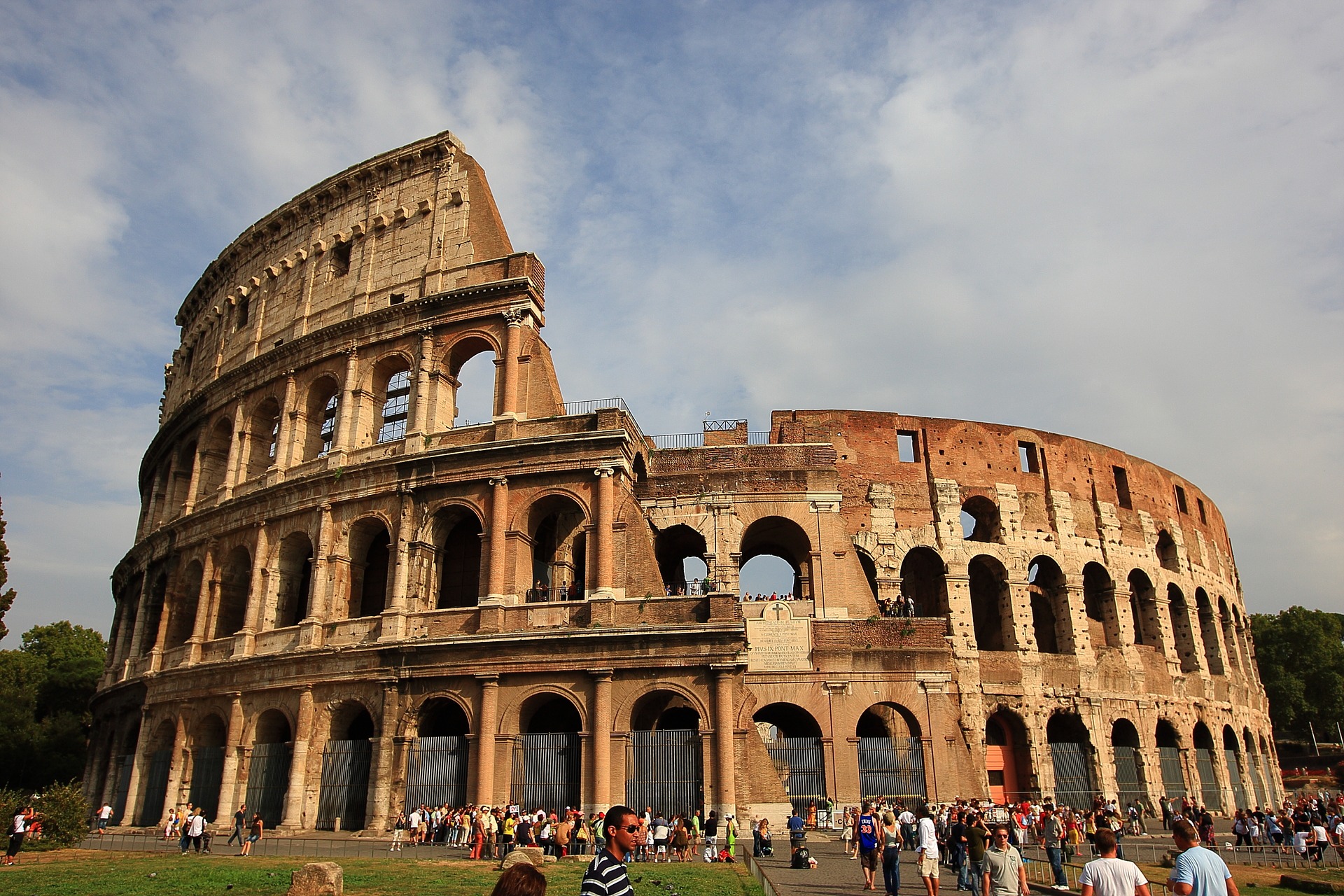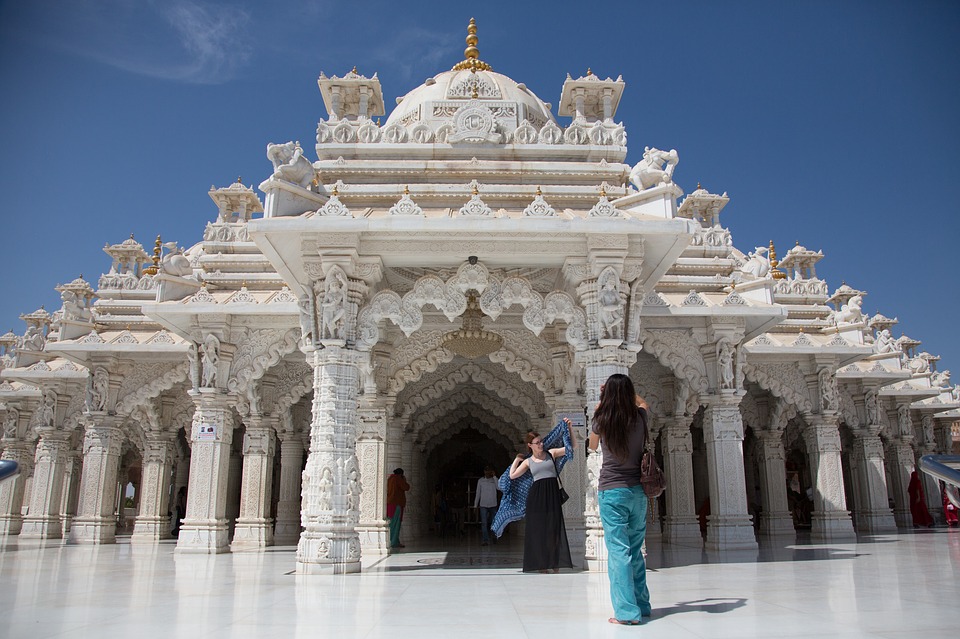Planning a trip to Italy?
Do you have a preparation checklist?
If not, you’ve landed on the right blog post.
Italy is an extraordinary country known for its history, art, vibrant culture, good food, and breathtaking landscapes.
This combination of elements makes the nation a popular destination for travelers from all corners of the world to visit the Bel Paese each year.
However, to fully appreciate the Italian experience, it is essential to be informed about some practical aspects before embarking on the trip, to organize everything in the best possible way, and to leave nothing to chance.
In this article, we have provided helpful tips to help you prepare your checklist for an Italy trip.
Plan a Trip to Italy – Places to Visit

As previously mentioned, Italy offers an extraordinary variety of landscapes and experiences, which is precisely why it may be complicated to choose a travel destination.
When choosing your travel destination, the first aspect to take into account is the quantity of time you have available.
1 Week Trip
For short stays, such as a week, it is advisable to opt for destinations that are easily accessible, avoiding too many changes and transfers. Short trips allow you to explore nearby art cities or towns, with visits to museums and walks through historic alleys.
But, if you are planning a successful 1-week trip to Italy, it’s best to stick to the big three. Yes, we are talking about Rome, Florence, and Venice. You can spend three nights in Rome, and give two nights to Rome and the last two to Venice. This is ample for a short trip to Italy.
2 Weeks Trip
Suppose you have more time, such as two or more weeks. In that case, you can enrich the experience by including different activities: from cultural visits to the main Italian cities of art, such as Florence, Rome, or Venice, to wine and food tastings in the Tuscan or Umbrian countryside, to relaxing stays in farmhouses or spas surrounded by nature. In this case, advance planning is essential to avoid high expenses or difficulties in the organization.
Month Long Trips
A longer trip also allows you to explore more destinations. You can choose two or three main stops, avoiding too much travel, or opt for a more dynamic itinerary, traveling through several regions.
However, such a trip requires meticulous planning, which is not suitable for less experienced travelers. In situations like these, it is advisable to turn to sector experts; for example, on Italy Travel Agent, you can find customized tours suitable for all sorts of travelers.
Documents
To enter, stay in, or transit Italy, foreign citizens must present a passport or other travel document recognized by the Italian government.
This rule is outlined in Annex No. 10 of the Practical Handbook established by the European Commission in Decision No. 395 of Jan. 28; a list of accepted foreign travel documents can be found here.
It is important to keep in mind some basic requirements. First, a visa cannot be affixed to an expired travel document.
In addition, the document must have a residual validity of at least three months beyond the intended date of departure from the territory. Finally, to facilitate entry procedures, the document must contain at least two blank pages.
But, just to be on the safe side, remember to prepare all the following documents –
Valid Passport: you need a valid passport issued by your country’s government.
Travel Insurance: It’s a must-have document that often comes in handy during travel emergencies.
Business Visa: If you want to stay for more than 90 days in Italy for business purposes, you must have a business visa.
Picking the Right Season for a Trip to Italy

Visiting Italy is a fascinating experience in any season. Winter, with art cities such as Rome, Florence, Venice, and Naples illuminated for Christmas, offers a magical atmosphere, thanks in part to traditional markets and festive decorations.
It is also the perfect time to explore alpine resorts such as Courmayeur or Cortina D’Ampezzo, which are ideal for mountain and winter sports lovers.
Autumn
In autumn, the mild weather invites you to walk in the woods, picking mushrooms and chestnuts, while nature dresses in warm and intense colors, creating breathtaking landscapes. It is a perfect season for those who love tranquility and want to immerse themselves in Italy’s hilly landscapes.
Spring
Spring is also very appealing, with nature in full bloom. Not to be missed this season are the fields of Castelluccio di Norcia, which are transformed into a carpet of colorful flowers, and the Garden of Ninfa in Lazio, with hydrangeas, wisteria, and roses blooming among the remains of a medieval citadel.
Summer
Summer, especially August, is the vacation time for most Italians, and the beaches are always bustling. However, this month is the hottest, busiest, and most expensive. For a relaxing beach vacation, it is advisable to opt for months such as June, July, and September, when you can enjoy beautiful seaside resorts without the typical chaos of August.
How to Travel?

The car remains the favorite way for Italians to travel around the country, so it is advisable to opt for a rental. However, there are more environmentally friendly and less stressful alternatives, especially for those unfamiliar with driving in these areas, such as:
- Trains: high-speed trains quickly connect major Italian cities such as Milan, Rome, and Naples with fairly short travel times. Medium and small Italian cities are served by an extensive network of regional trains. Although travel times can be longer because of the many stops, the train remains the most sustainable means of transportation. Traveling by train also provides an opportunity to enjoy the scenery;
- Buses: if you want to save money and have time on your hands, buses are a viable alternative. During peak seasons, such as summer and Christmas, the number of rides increases to accommodate the influx of tourists. However, not all destinations, especially remote ones, are well connected by public transportation;
- Rental: Renting bicycles or scooters makes it easier to explore twisty roads such as those on the Amalfi Coast or the hilly paths of Umbria and Tuscany;
- Plane: Italian airports are well connected by domestic flights, although prices can be higher. Planning and booking well in advance can greatly reduce costs;
- Cab: cabs are a convenient alternative for getting around Italy, especially in areas less served by public transportation. In large cities, it is easy to find cabs at stations, airports, or hubs, but in rural areas and small towns, cabs are less common and may require advance reservations.
The Available Budget for the Vacation
Another aspect to consider when planning a trip to Italy is the budget you have available. Whether you want to plan a luxurious trip or just a very basic vacation, Italy can accommodate everyone. In either case, good travel planning allows you to save money. This applies mainly to accommodations but also to admissions to museums, art galleries, etc.
On average, visiting art cities in Italy costs around 70 euros per person (excluding transportation). In rural areas and villages, on the other hand, people spend 50 euros.Clearly, this is a rough estimate; daily costs can vary depending on various factors such as season, destination, food, and the activities you want to include in your trip. For example, trips to museums, guided tours, tasting tours, etc. are costlier.
Read More:













